reporter templates
this reference describes the templates used by these reporters:
section (see section templates)
chapter (see chapter templates)
use this information to create custom templates for use with one of these reporters or from a reporter derived from these reporters.
section templates
the section reporter uses six sets of templates for each of the three output types
supported by matlab®
report generator™: docx, pdf, and html. each set corresponds to the six levels of section
hierarchy that the section reporter can generate. the first set corresponds
to a top-level section, the second set to a second-level subsection of a top-level section,
and so on.
each level set contains three templates:
a section body template named sectionn, where n is the level of a section (see section1 template and section2 – section6 templates).
a numbered section title template named sectionnumberedtitlen (see numbered section title templates).
an unnumbered section title template names sectiontitlen (see unnumbered section title templates).
a section reporter determines which set to use when your report program
adds the reporter to a report object. for example, when your report program adds a
section reporter to a report object, the section reporter
uses the top-level template set. a section reporter uses the second-level
template set when the report's add method adds it to the report as part of the content of a
top-level section reporter. a section reporter uses the third-level template
set when the report add method adds it to the report as part of the content of a
second-level reporter, etc.
section1 template
the section reporter's word, pdf, and html section1 templates specify
the format of a top-level section generated by the section 1 reporter in a word, pdf, and
html report, respectively. all three templates specify the location of the holes and the
default styles for the section reporter's title and
content properties.
in addition, the pdf and word templates specify the page layout properties of a top-level section, including page orientation, margins, page headers, and page footers of a top-level word or pdf section. the word and pdf templates specify a different header for the first page of a section and for the pages that follows. the header of the first page contains only a rule. the header of subsequent pages, called default header, contains the section title. the first page footer and subsequent page footers are identical.
a top-level section starts on a new page having the properties specified by the top
level section reporter's template. all subsequent pages needed to
accommodate the top-level section content have the same page layout, unless the content
itself specifies a new page layout, in which case, the page layout of subsequent pages
changes. default lower-level section templates do not specify a page layout. as a result,
adding subsections to a section does not change the page layout. the content of
subsections has the same layout as the top-level sections.
word section1 template
the word section1 template resides in the quickparts gallery of the
sectionreporter'sdefault.dotxtemplate file. the quickparts gallery serves as thesectionreporter's word template library. to view or edit the section1 template, you must open thedefault.dotxfile in word and create an instance of the template in thedefault.dotxtemplate . the section1 template appears as follows in word:
note
when you display a copy of the word section1 template, it scrolls to the default page header on the second page, which displays an error message. refer to the note below for an explanation of this error message. to see the template holes, scroll to the top of the template.
the section 1 template specifies a header for the first page of a section that differs from the header of succeeding pages. the header of all but the first page is called the default header. the first page header contains a rule but is otherwise empty.
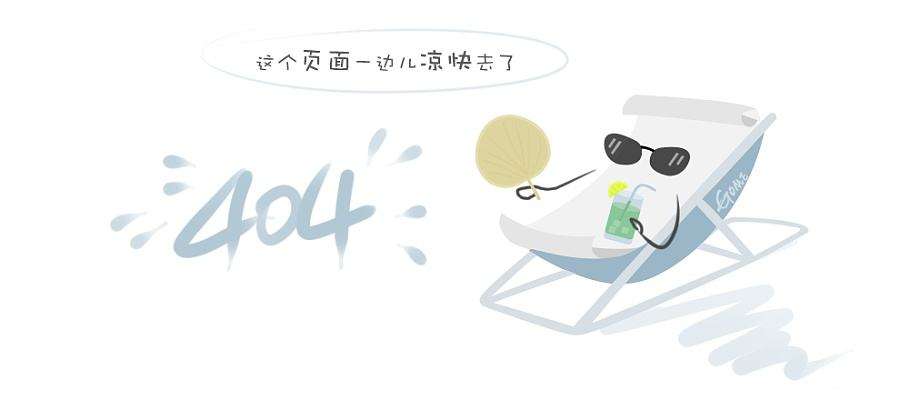
note
the rule is implemented as an empty paragraph with a bottom border. the font size of the paragraph is set to a very low value to minimize the paragraph's height.
the first page footer contains a word page number field. when this template or a report generated from it is opened in word, word replaces the field with the number of the page on which the footer appears.
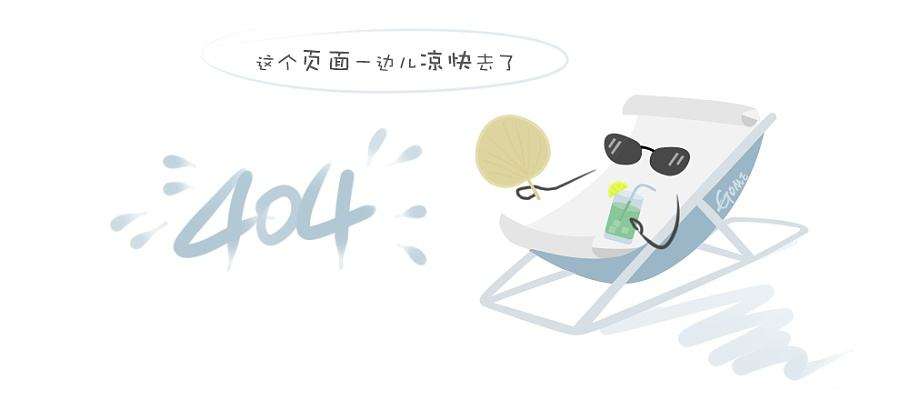
the section1's default page header contains a word styleref field that references the section's title style (that is, sectiontitle). when the template or a report generated from the template is opened in word, word replaces the styleref field with the content of the first paragraph in the section that has the sectiontitle style. in a report, that paragraph contains the section's title. thus, the section's title appears in page headers that follow the first page. (this is called a running head in document design.)
note
the section1 template occupies less than a page. thus, when you copy the section1 template from the section reporter's quickpart's gallery (that is, template library) to the body of the
default.dotxtemplate, only the first page of the section appears. however, word creates a page with a new section (section 2) that inherits the section1 template's page headers. word replaces the styleref field in the header of this new section with an error message because there is no paragraph in the new section with the referenced style.
the section1 template specifies a default page footer that is identical in content and format to the first page footer.
note
to view or edit the default page footer, you must insert a page in the section1 template as follows:
copy the template from the
sectionreporter template's quickparts gallery (that is, its template library) to the body of the reporter template.insert a paragraph after the content hole in the template.
enable the paragraph's
page break beforeproperty.

pdf section1 template
the pdf section1 template resides in the template library of the section reporter's pdf template file (
default.pdftx). the template file is a zip file. it stores the template library in a file nameddocpart_templates.html. to view or edit the section1 template:unzip a copy of the
default.pdftxfile using the report apiunziptemplatecommand.open the
docpart_templates.htmlfile in the matlab editor or any other text editor.when you are finished editing the section1 template, save the
docpart_templates.htmlfile.rezip the
default.pdftxfile, using the report apiziptemplatecommand.
for more information, see .
the pdf section1 template uses the following html markup to define the page layout of a top-level pdf section generated by the
sectionreporter. the markup also defines the location of the holes to be filled with the content of thesectionreporter'stitleandcontentproperties.
the pheader and pfooter elements in the section1 layout specify templates used to define the content and layout of a top-level section's page headers and footers. the header and footer templates reside in the same template library file (
docpart_templates.html) as the section1 template itself. thesectionreporter uses only the first page and default page templates.the first page header and footer templates are

the header template specifies an empty paragraph followed by a horizontal rule. the empty paragraph specifies the style sectiontitlehead. it is defined in the template's style sheet (see below). the first page footer template specifies a horizontal rule followed by a page number.
the default page header template

specifies a paragraph containing a styleref followed by a horizontal rule. during report generation, the report api replaces the styleref element with the content of the top-level section's title paragraph, thereby creating a running head.
the default page footer template

specifies a horizontal rule followed by an automatically generated page number.
the styles for the header and footer templates are in the
pdf/stylesheets/root.cssfile.
html section1 template
the section1 document part template in the
default.htmtfile specifies the title and content holes.
section2 – section6 templates
the section2-section6 templates specify the format of subsections generated by the
section reporter. each template contains hole elements that specify the
location of holes to be filled with the content of the section reporter's
title and content properties, respectively.
the title hole in each template specifies a default title style specific to the subsection
level defined by the template.
word section2 – section6 templates
as an example, this image shows the section2 template.
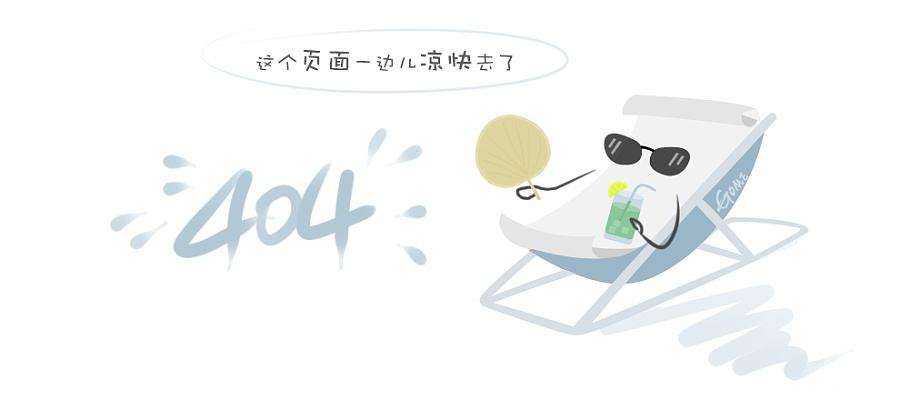
pdf and html section2 – section6 templates
as an example, this image shows the section2 template.
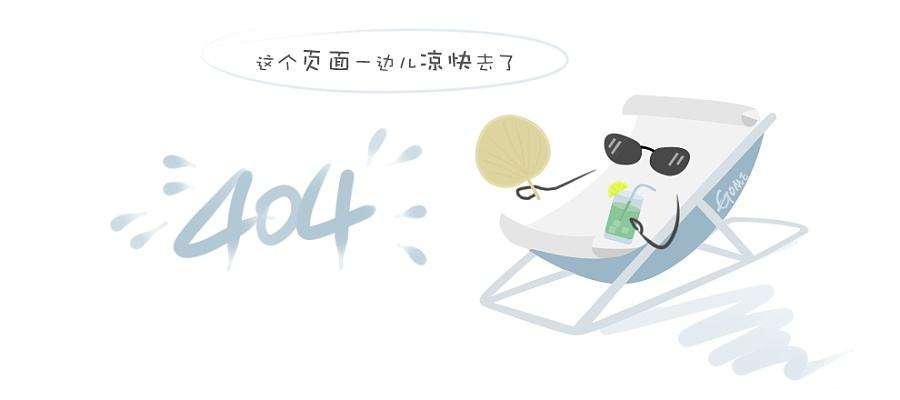
section template holes
all of the section templates (section1 – section6) have the holes described in this table.
| hold id | hole type | description |
|---|---|---|
title | block | the
|
content | block | content of the section |
section template styles
the section templates use styles to format some content. the word templates define the
styles they use in the style sheet in the default.dotx template file.
the pdf and html templates define the styles in the
stylesheets/root.css file in the default.pdftx and
default.htmt files, respectively. the following table describes the
styles used by the section templates.
| style name | style type | description |
|---|---|---|
sectioncontent | character | the content hole in the section1-section6 templates specify this style as the default text style for content that fills the hole. the content can specify styles or formats that override the default style. |
sectiontitle1 - sectiontitle6 | character | the title hole in the corresponding section template specifies the corresponding style name as the default style for the section's title. for example, the title hole in the section1 template specifies sectiontitle1 as the name of the default style for the title of a top-level section. content added to the title hole can specify formats or styles that override the default style. |
sectiontitleheader | character | the section1 page headers use this style to center the header content. |
sectiontitlefooter | character | the section1 page footers use this style for the footer content. |
section title templates
if the content of the section reporter's title
property is a string, text, or other inline object, it uses a sectiontitle
reporter to generate the content used to fill the title hole in its section level
templates. the sectiontitle reporter in turn uses templates to format the
inline content as a title. the sectiontitle reporter use two sets of
templates for each output type, one to create hierarchically numbered titles (1.1, 1.2,
1.2.1, and so on), the other to create unnumbered titles. each set contains six templates
corresponding to the six levels of sections that the section reporter can
generate. the templates reside in the template libraries of the section reporter's word,
pdf, and html template files, default.dotx,
default.pdftx, and default.htmt,
respectively.
numbered section title templates
if a report or section reporter specifies that its titles be numbered,
the sectiontitle reporter uses automatically numbered templates to format
the inline content of the section reporter's title
property. the titles are named sectionnumberedtitlen, where
n is the section level to which the template applies. for example,
the name of the template for a top-level section title is sectionnumberedtitle1. each
template contains a paragraph element that specifies the same style as is specified by the
title hole in the corresponding section level template, for example, sectiontitle1 for a
top-level section title. see section template styles.
the title paragraph contains the following holes.
numberprefix hole to be filled with the content of
sectiontitlereporter'snumberprefixproperty (empty by default)autonumber markup that is replaced by a hierarchical number during report generation. the autonumber markup differs for each level template so as to generate the hierarchical number appropriate to that level.
numbersuffix hole to be filled with the content of the
sectiontitlereporter'snumbersuffixproperty (empty by default).content hole to be filled with the content of the
sectiontitlereporter'scontentproperty.
the following images show the word, pdf, and html sectionnumberedtitle1 templates, respectively. lower-level templates are similar.
word sectionnumberedtitle1 template

pdf sectionnumberedtitle1 template

html sectionnumberedtitle1 template

during report generation, the section reporter sets the
content property of the sectiontitle reporter to the
inline content of the section reporter's title
property. it does not set the numberprefix and
numbersuffix properties. as a result, the title generated by the
sectiontitle reporter consists by default of a hierarchical number
followed by the title text.
the sectiontitle reporter provides the numberprefix and numbersuffix
holes to facilitate labeling of titles by derived reporters. for example, the
chapter reporter, which is derived from the section
reporter, sets the numberprefix property to chapter in english
locales. in some east asian locales, the chapter reporter sets the
numbersuffix to the character designating chapter.
note
if you customize a numbered section template, do not remove or replace the seq fields in a word template or the autonumber markup in a pdf or html template. to generate unnumbered sections, use the unnumbered section title templates.
sectionnumberedtitle template holes
all of the sectionnumberedtitle templates (section1 – section6) have the holes described in this table.
| hole id | hole type | description |
|---|---|---|
numberprefix | inline | prefix to display before the section number. |
numbersuffix | inline | suffix to display after the section number. |
content | inline | content of the title |
unnumbered section title templates
if the report specifies that the current section uses unnumbered titles, the
sectiontitle reporter uses unnumbered templates to generate section
titles. the unnumbered templates are named sectiontitlen where
n is the level of the section whose title is to be generated. for
example, the template for a top-level section is named sectiontitle1. each template
contains a paragraph element that specifies the same style as is specified by the title
hole in the corresponding section level template, for example, sectiontitle1, for a
top-level section title. see section template styles. the title paragraph
contains a hole to be filled by the content of the sectionreporter's
content property (set by the section reporter during
report generation).
the follow images show the word, pdf, and html versions of the sectiontitle1 templates. lower-level templates are similar.
word sectiontitle template
all levels of the word sectiontitle templates have the same content hole.

pdf and html sectiontitle1 template

pdf and html sectiontitle2 – sectiontitle6 templates
these section title templates include a content hole, as in sectiontitle1 template. each of these sections specifies its title style.
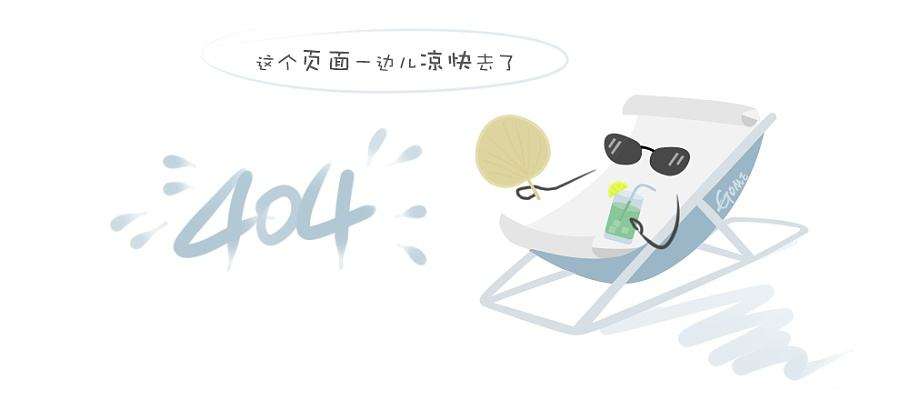
sectiontitle template hole
all of the sectiontitle templates (section1 – section6) contain the hole described in this table.
| hole id | hole type | description |
|---|---|---|
content | inline | content of the title |
chapter templates
the chapter reporter, a subclass of the section reporter,
uses the section reporter's top-level template set to generate its content.
this is because a chapter-generated section is nearly identical to a section-generated
section. however, the two types of sections differ in two respects:
the title of a chapter section contains the word chapter in english locales or the equivalent in other locales supported by the report api. the
chapterreporter includes the word chapter in titles by setting thenumberprefixornumbersuffixproperties of thesectiontitlereporter used to generate the chapter title.all section-generated top-level sections start on page 1. by contrast, only the first chapter generated by a
chapterreporter starts on page 1. succeeding chapters continue page numbering from the previous chapter. thechapterreporter implements this behavior programmatically, thus avoiding the need to use a modified version of the section top-level template.
see section1 template, numbered section title templates, and unnumbered section title templates
